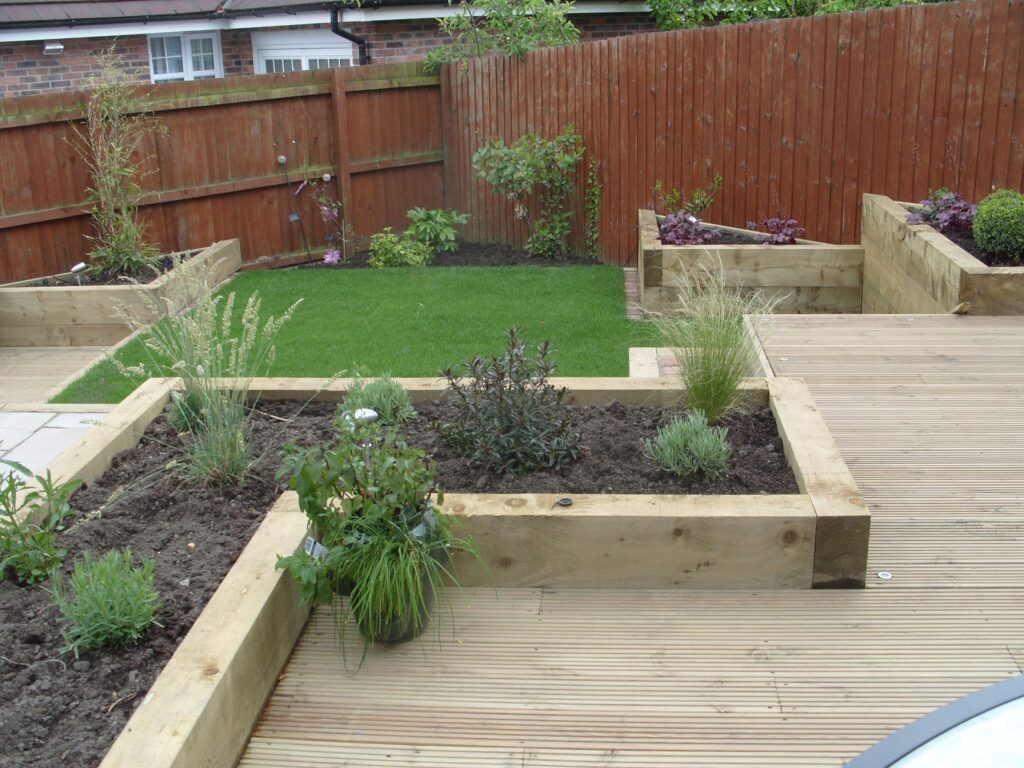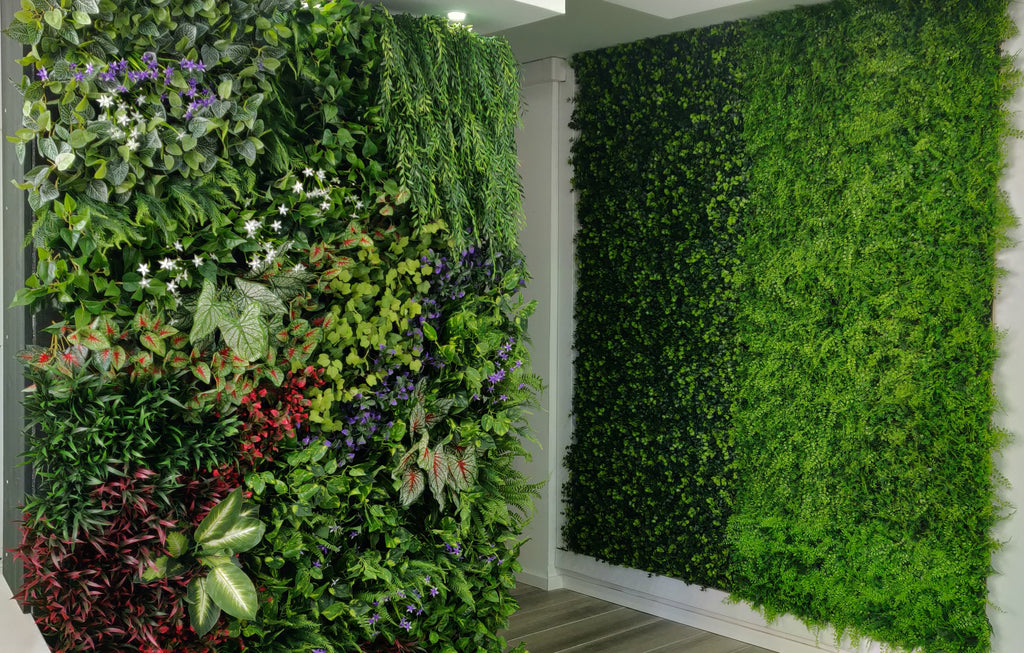The Ultimate Guide to Low-Maintenance Gardens: Effortless Beauty for Your Backyard
Dreaming of a beautiful garden but short on time or energy? You’re not alone! Many people crave the aesthetic appeal of a vibrant outdoor space, but the thought of constant weeding, watering, and pruning can be daunting. The good news is that creating a stunning, low-maintenance garden is entirely achievable. This comprehensive guide will walk you through everything you need to know, from choosing the right plants to implementing smart landscaping techniques.
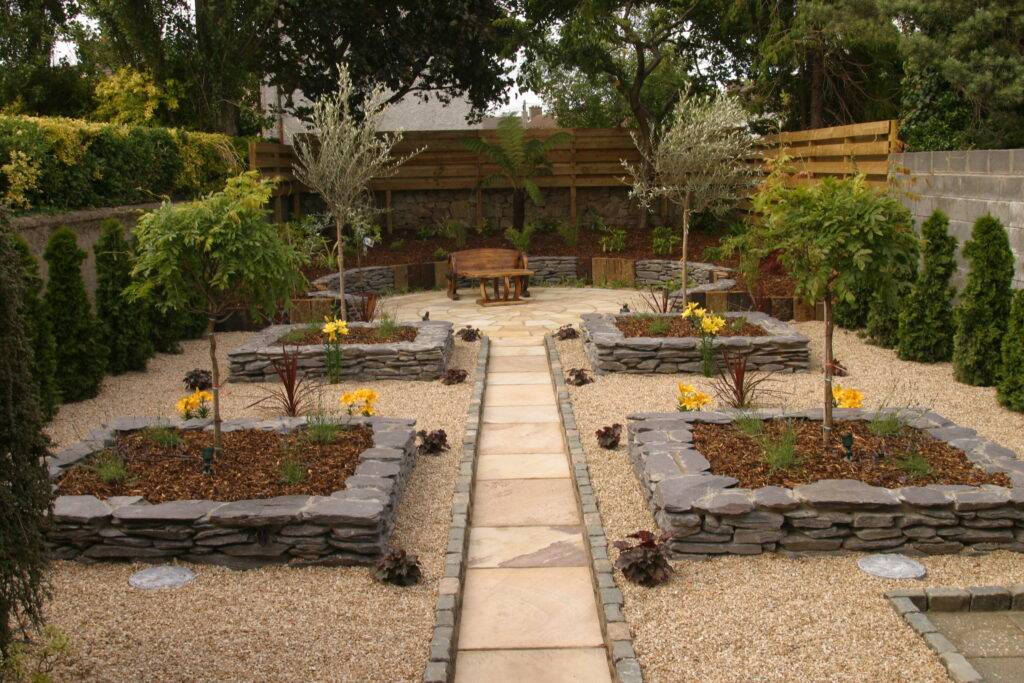
Choosing the Right Plants: The Foundation of a Low-Maintenance Garden
Selecting the right plants is the cornerstone of any successful low-maintenance garden. Focus on species known for their resilience and ability to thrive with minimal intervention. Here are some excellent options:
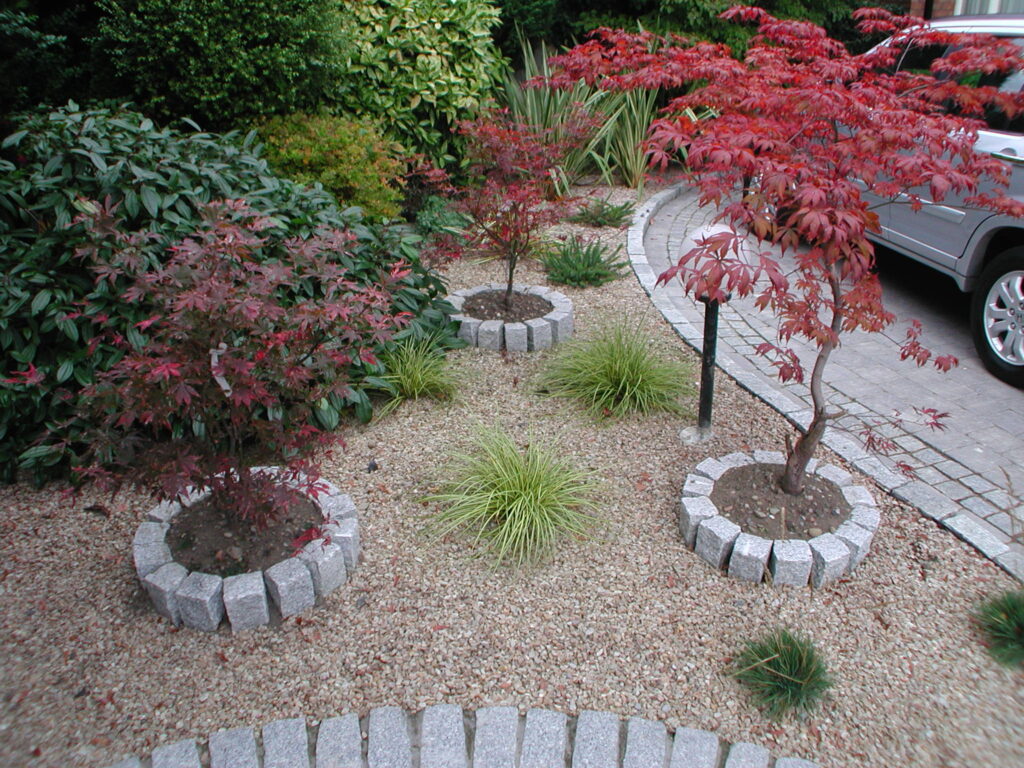
Drought-Tolerant Plants:
- Lavender: Fragrant, beautiful, and incredibly drought-tolerant. Perfect for borders or rock gardens.
- Sedum (Stonecrop): Succulent plants that come in various colors and textures, requiring minimal watering.
- Yarrow: Attracts pollinators and tolerates dry conditions with ease.
- Coneflowers (Echinacea): Hardy perennials that are resistant to pests and diseases, requiring little care.
- Russian Sage (Perovskia atriplicifolia): A beautiful silvery-leaved shrub that thrives in full sun and dry soil.
Low-Maintenance Groundcovers:
- Creeping Thyme: A fragrant groundcover that thrives in sunny, dry areas, suppressing weeds effectively.
- Bugleweed (Ajuga): Spreads quickly to form a dense mat, suppressing weeds and requiring minimal maintenance.
- Sedum spp. (various): Many sedum varieties make excellent groundcovers, tolerating dry conditions.
Easy-Care Shrubs and Trees:
- Potentilla: Offers vibrant blooms and requires minimal pruning.
- Spirea: A versatile shrub available in various sizes and colors, known for its hardiness.
- Viburnum: Provides beautiful foliage and berries, with minimal maintenance needs.
- Evergreen Trees (certain varieties): Choose slow-growing, drought-tolerant evergreens to minimize pruning and watering.
Smart Landscaping Techniques for Effortless Beauty
Beyond plant selection, smart landscaping techniques play a crucial role in creating a low-maintenance garden. Consider these strategies:
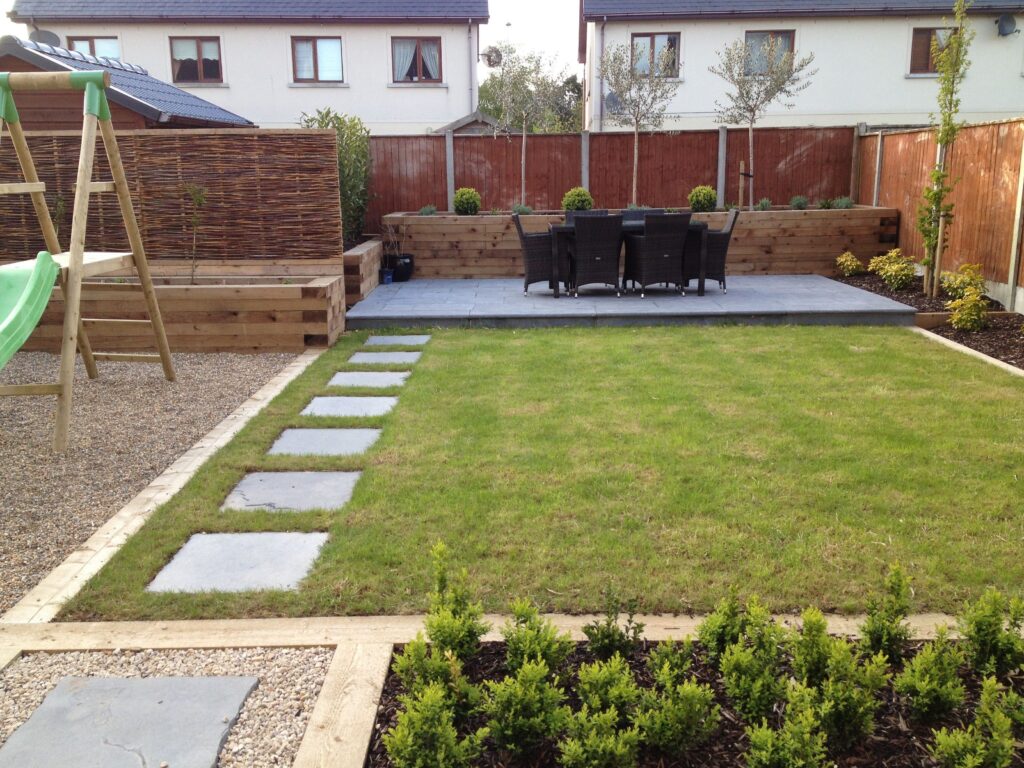
Mulching:
Applying a thick layer of mulch (wood chips, shredded bark, or gravel) around your plants helps retain moisture, suppress weeds, and regulate soil temperature. This significantly reduces the need for frequent watering and weeding.
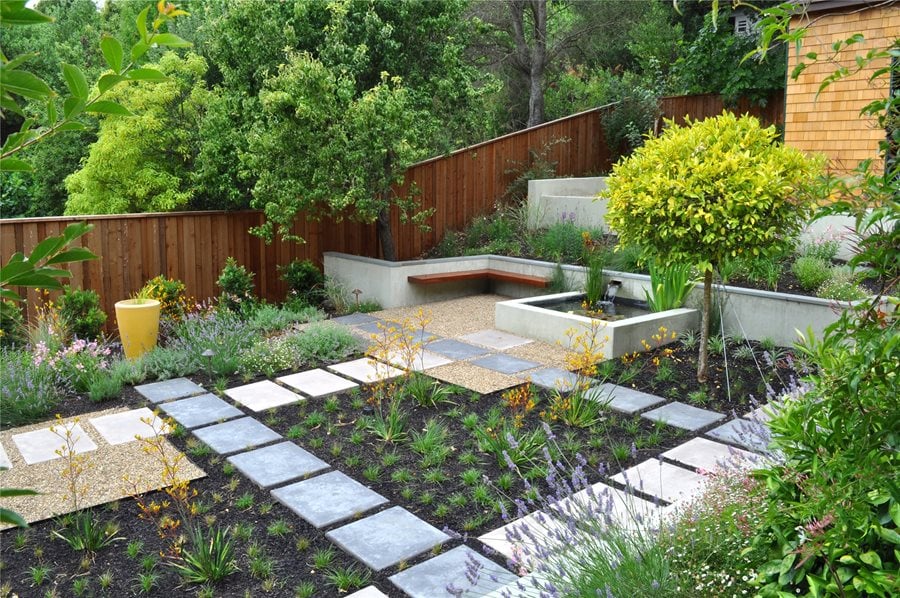
Xeriscaping:
Xeriscaping is a landscaping approach focused on water conservation. It involves using drought-tolerant plants, efficient irrigation systems, and water-wise gardening practices to create a beautiful and sustainable garden that requires minimal watering.
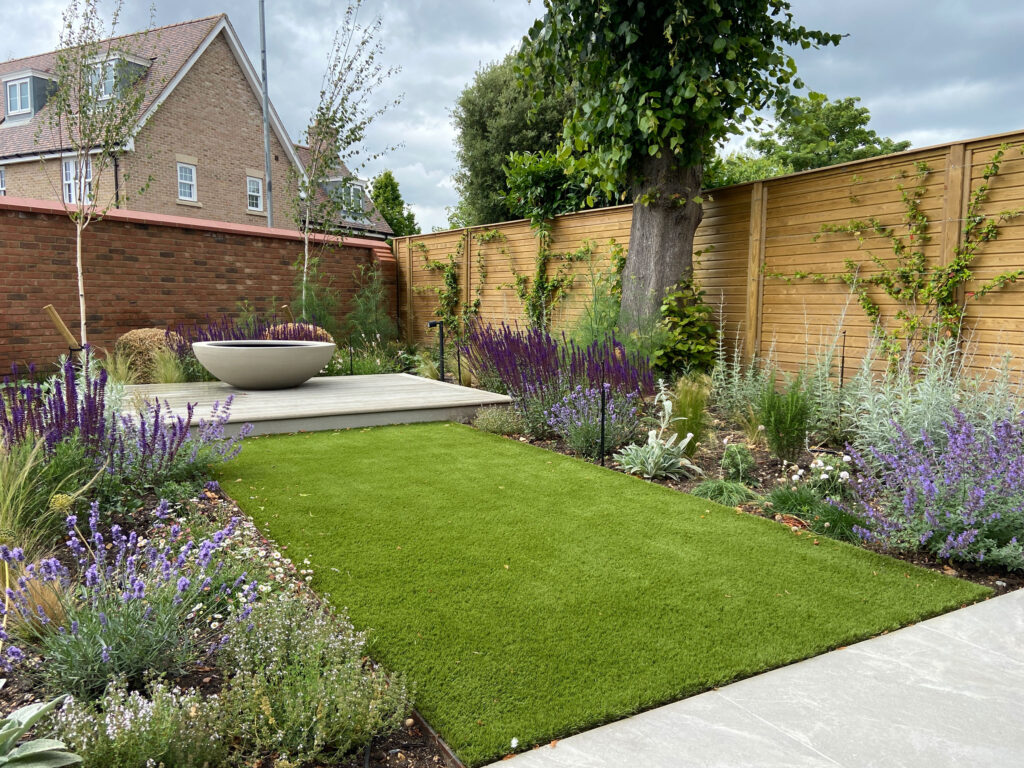
Proper Soil Preparation:
Investing time in proper soil preparation upfront pays dividends in the long run. Amend your soil with compost or other organic matter to improve drainage and fertility, leading to healthier plants that require less care.
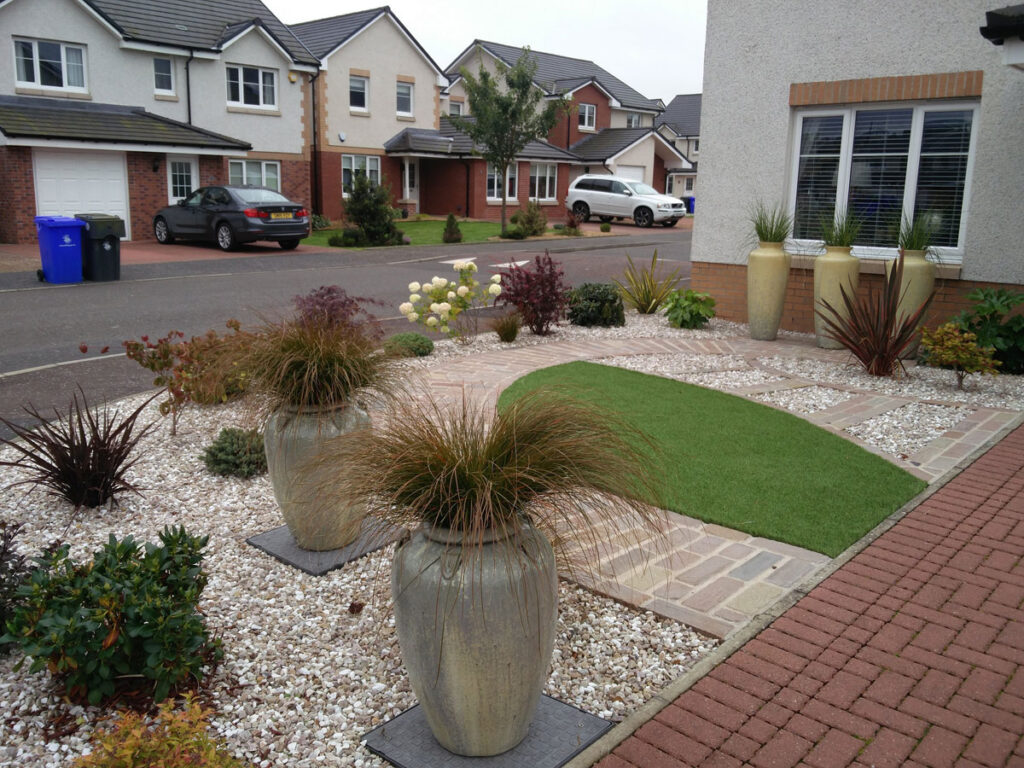
Strategic Grouping of Plants:
Group plants with similar water and sunlight requirements together to streamline watering and maintenance. This reduces the time and effort needed to care for each individual plant.
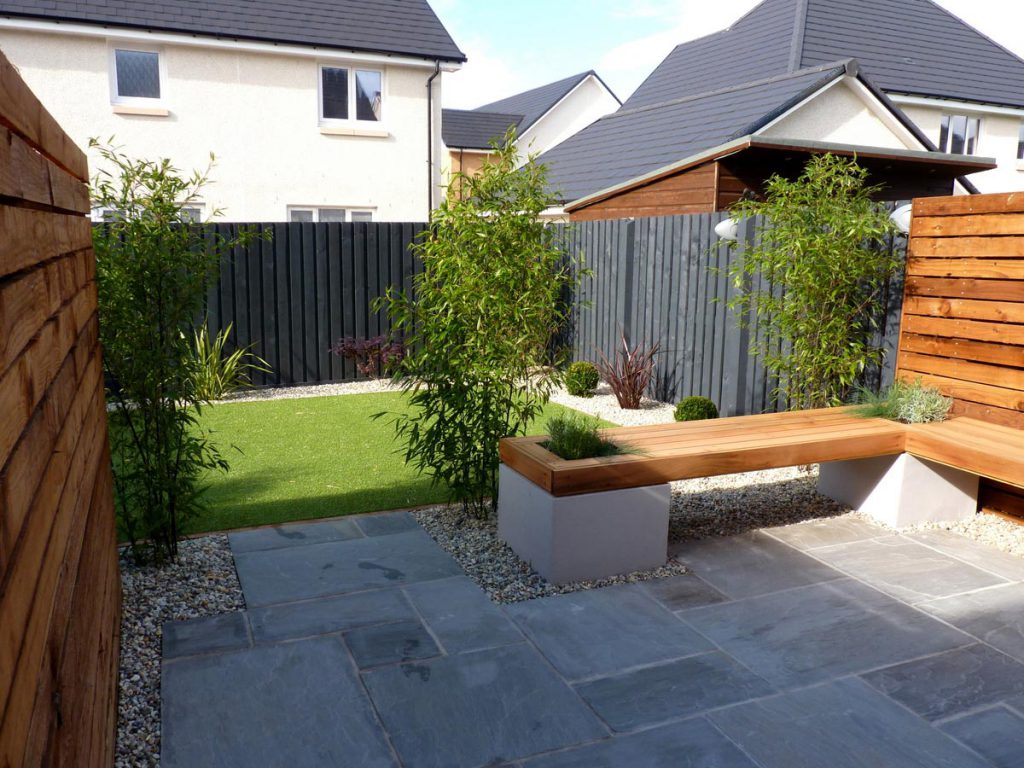
Using Raised Beds or Containers:
Raised beds and containers offer several advantages for low-maintenance gardening. They improve drainage, provide better soil control, and make weeding and watering easier.
Maintaining Your Low-Maintenance Garden: Simple Steps for Ongoing Care
Even low-maintenance gardens require some occasional care. Here’s a simple routine to keep your garden thriving:
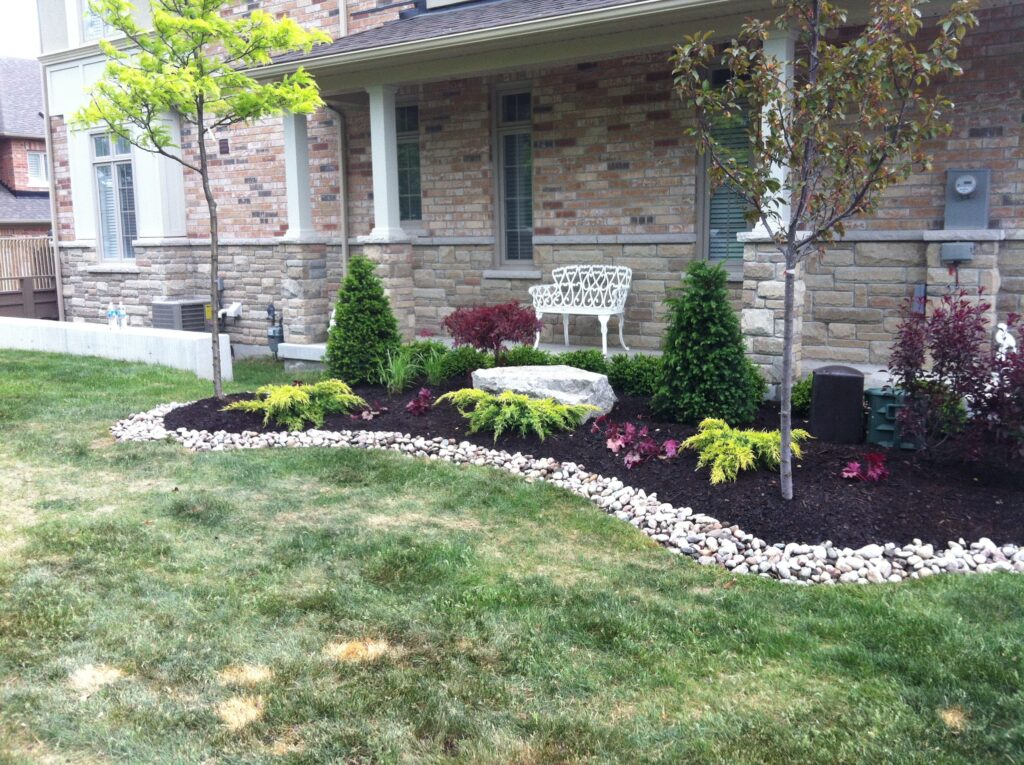
- Regular Weeding (but less frequently): Remove weeds promptly before they go to seed, but the right plant choices will minimize this task.
- Occasional Pruning: Prune dead or damaged branches to maintain the shape and health of your plants. Most low-maintenance plants require minimal pruning.
- Targeted Watering: Water deeply but infrequently, allowing the soil to dry slightly between waterings. Use drip irrigation or soaker hoses for efficient watering.
- Seasonal Cleanup: Remove dead leaves and debris in the fall to prevent disease and pest problems.
- Fertilizing (as needed): Most low-maintenance plants require minimal fertilization. A slow-release fertilizer applied in spring is usually sufficient.
Embrace the Beauty of Simplicity: Enjoy Your Effortless Garden
Creating a low-maintenance garden doesn’t mean sacrificing beauty or enjoyment. By carefully selecting plants and employing smart landscaping techniques, you can achieve a stunning outdoor space that requires minimal upkeep. Embrace the simplicity and beauty of a garden that allows you to relax and enjoy your time outdoors, rather than spending it constantly tending to it. Enjoy the fruits of your labor – a beautiful, thriving garden that reflects your style without demanding all your free time.
